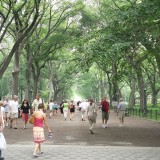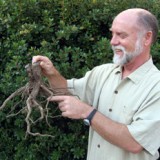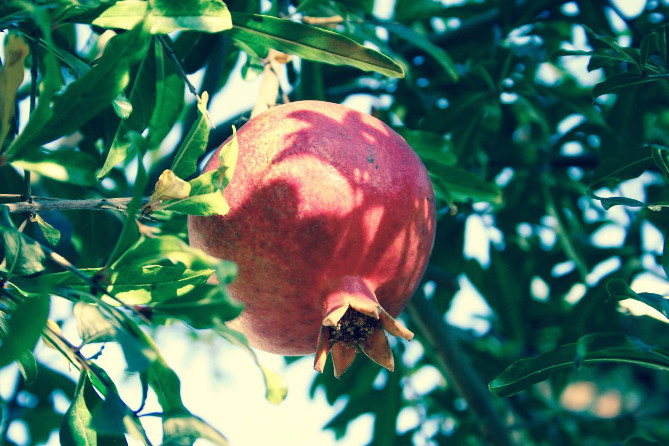
A slide in John Valenzuela’s Heirloom Expo lecture of Kahlo’s portrait of horticulturalist Luther Burbank reminded me of how great an artist Kahlo was. That Kahlo painted Burbank also says something about people’s priorities in the 1930s.
Kahlo liked to blur the boundaries between human consciousness, the vegetable and the animal. In her portrait of Burbank she touches on themes of life, death and transformation. You could write a book about what’s going on in this painting.
Burbank’s work lives on inour backyards and orchards in the form of the fruit varieties he developed. I’ll view his Santa Rosa plum in our front yard differently after encountering Kahlo’s virtuosic painting.






What a beautiful painting! Some of her stuff is a little dark for me,but this is one I could see on a wall. Luther’s face looks positively beatific.
The first time I saw this painting was in a book “The Garden of Invention” by Jane S. Smith. A Great read on Luther Burbank and the times in which he grew up, and lived, the business of horticulture, and the self-promotion involved back then. I live in N. California, and his influence is everywhere, (if you pay attention to such things!) You can still visit his home and gardens in Santa Rosa, and there is a park in Sebastapool where he owned about 10 acres…there’s and apple tree that he grafted hundreds of apple trees on and it still lives! I love living history like this and many plants we take for granted are Burbank’s living history.
Hey Finca,
Where is that Burbank apple tree with hundreds of grafts that is still alive? I am pretty familiar with his old farm in Sebastopol, he called ‘Goldridge’ http://www.wschsgrf.org/luther-burbank-gold-ridge-experiment-farm
At Goldridge, there is a decrepted cherry tree near a place that was reported to hold hundreds of grafts of different cherry varieties. This was done to accelerate the fruiting of new seedling varieties, as seedlings can normally take many years to bear. That multigrafted cherry is no longer there, but it is mentioned in this walking tour map of Goldridge:
http://www.wschsgrf.org/farm-walking-tour
Burbank released about 800 varieties of plants, most of which he developed through his own extensive breeding programs. About 100 varieties of plums alone, some of which are still very popular today: the classic standard which all asian plums are compared to- ‘Santa Rosa’, and the dark fleshed, late season ‘Elephant Heart’ (released by Starks Bros nursery after his death), being just a couple.
I have a March birthday tribute to his life and work in a blog post of mine here:
http://cornucopiafoodforest.wordpress.com/2013/03/07/happy-birthday-luther-burbank/